And those of us here on Earth can take a new look through the lander's and rover's lunar eyes, as China released a huge batch of data on Monday (Jan. 20). The data release includes high-resolution images of the moon from the Chang'e-4 lander's terrain camera and the panoramic camera on the Yutu-2 rover.
Chang'e-4 just reached the first anniversary of its historic landing in Von Kármán Crater, within the gigantic South Pole-Aitken basin. The newly published photos cover nearly a year of pioneering exploration on the far side of the moon, where no previous mission has landed.
The China Lunar Exploration Program made the data available online at a dedicated website for the country's moon missions.
Doug Ellison, engineering camera team lead for the Curiosity Mars Rover at NASA's Jet Propulsion Laboratory, downloaded a range of the data and tweeted out processed images.
Ellison also stitched together single shots to produce larger images, along with cylindrical and azimuth panoramas. His gallery of Chang'e-4 images is viewable here.
Images include close-up views of craters and regolith, or lunar soil, in Von Kármán Crater, as well as various shots of the lander and rover, the distant skyline and Yutu-2's roving tracks.
Techniques Spatiales, a French space-related Twitter account, converted data from the lander's camera into image files that can be accessed here.
Philip Stooke, a cartographer at the Centre for Planetary Science and Exploration at Western University in Ontario, has used the new data to refine maps charting the roving route of Yutu-2. Over its first 13 lunar days, Yutu-2 drove 1,171 feet (357 meters).
The Chang'e-4 lander and Yutu-2 rover have completed 13 lunar days on the moon. The solar-powered duo awaken between 24 and 48 hours after sunrise over the mission landing site and power down about 24 hours before sunset. Searing-hot lunar days and the brutally cold nights each last around 14 Earth days.
Yutu-2 began its 14th lunar day on Jan. 18, and the lander did so on Jan. 19, according to the Chinese Lunar Exploration Program. Both the rover and lander have now exceeded their design lifetimes of three months and one year and continue to operate with all science payloads in a healthy condition, according to the China National Space Administration.
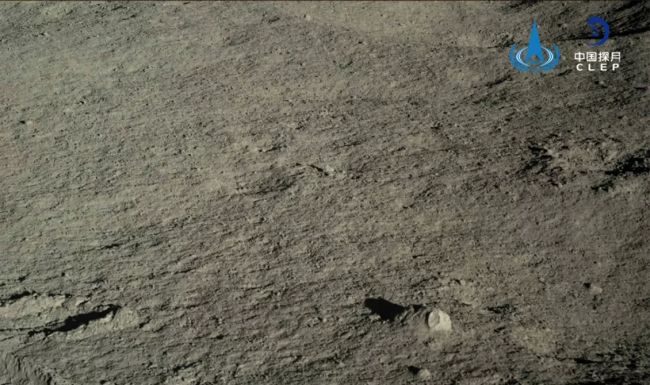
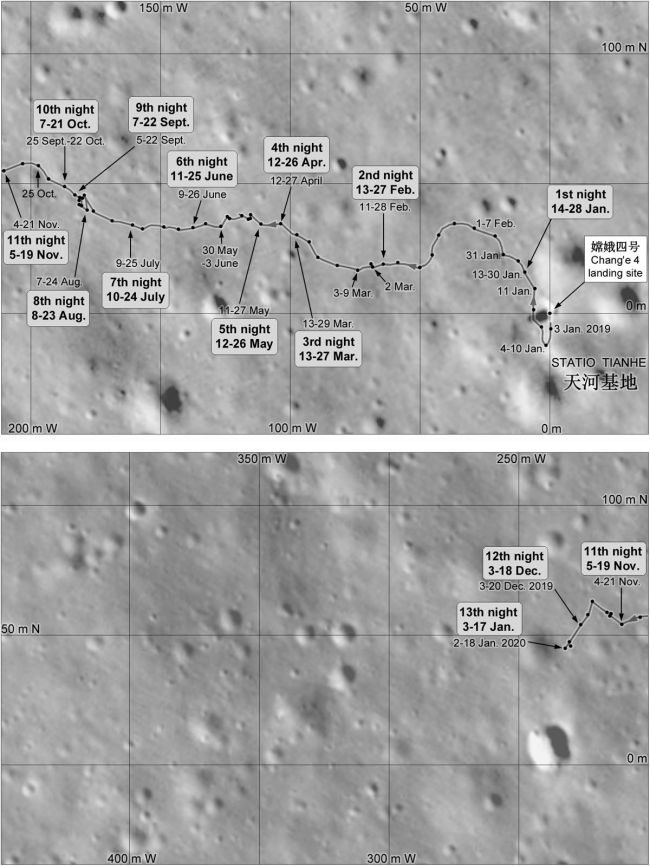
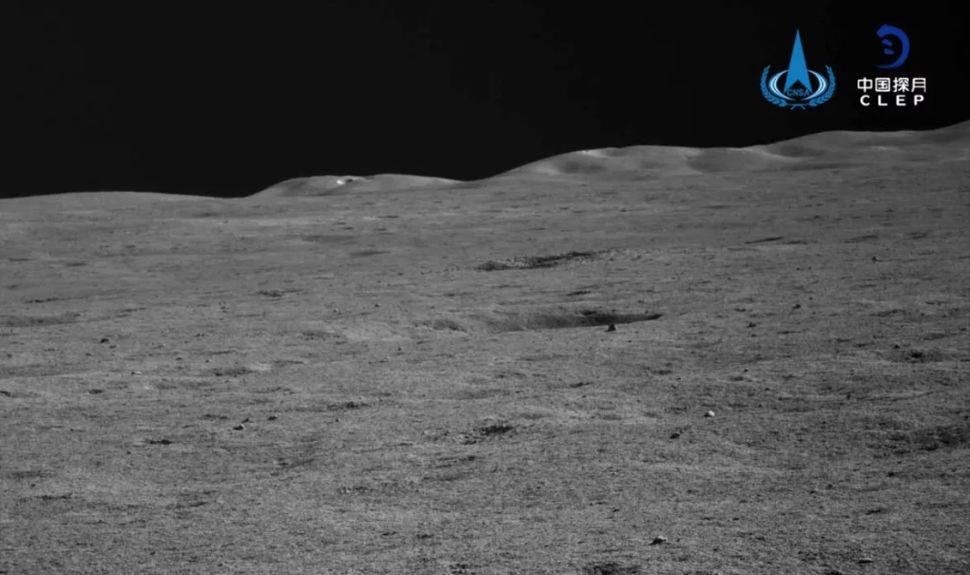
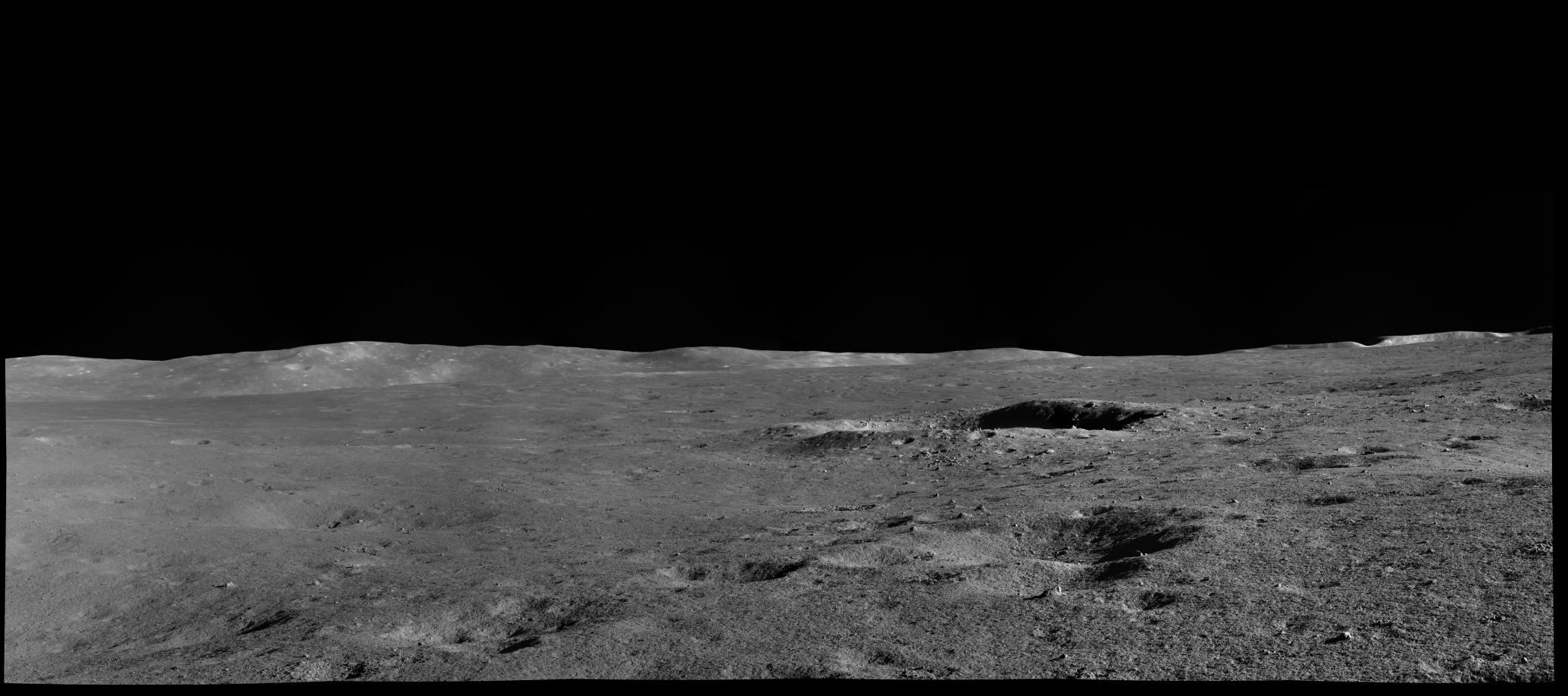
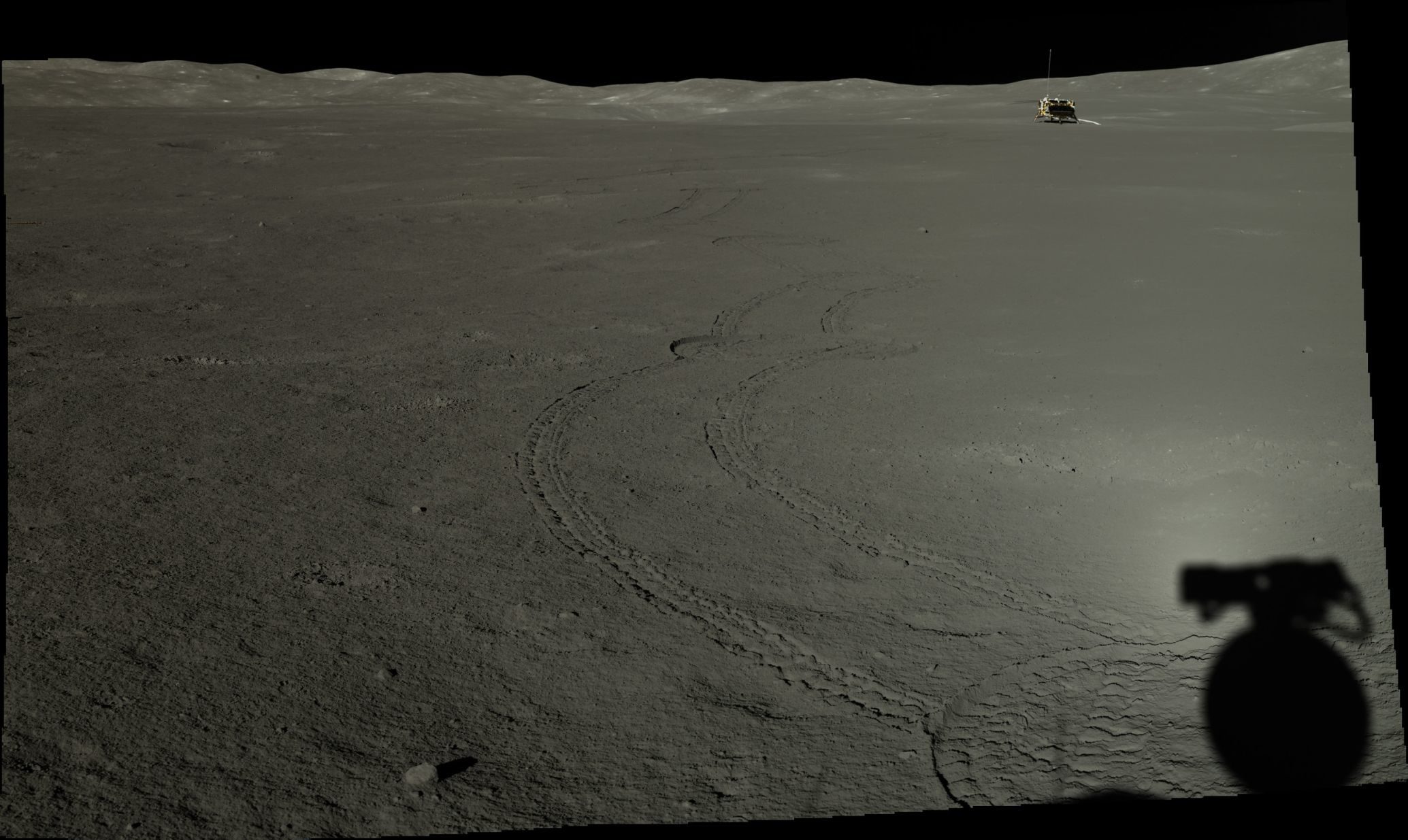
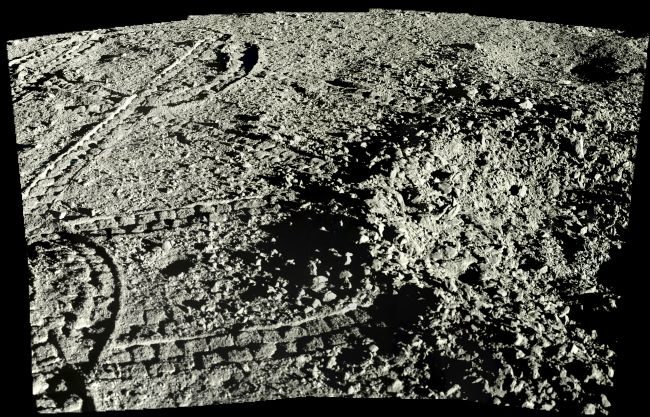




Comment: See also: